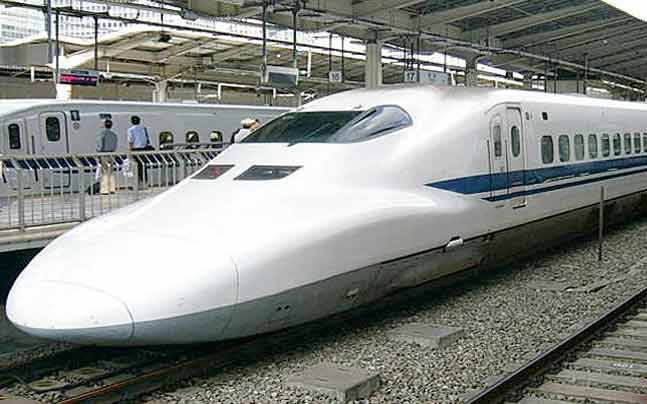
DALLAS (TIP): The fight over Texas Central Railway — aka. the Texas Bullet Train — rests on many of the contentious fault lines that shape the Lone Star State. City interests versus rural identity. Urban dwellers versus people who want their stars at night to shine big and bright.
Mostly, it is about land. Who controls it, what’s the best use for it and how much of it can the two metro areas — Houston and Dallas — claim so their economic futures are secure.
“How do you achieve that balance?” Harris County Precinct 4 Commissioner Jack Cagle asked. He supports the project despite the strong opposition of many in his district. “They don’t want to have that next generation of development, and you have to be sensitive to that.”
Sensitivity, however, has not dissuaded local officials from full-throated support of the project.
Supporters call the project an honest attempt at taking Texas’ size and shrinking it, so the metro regions will prosper. The train and its tracks — 200 feet wide, 240 miles long — are an all-electric attempt and a new option for convenience and conveyance, for Americans.
“It is just marvelous to go from the downtown of one city to the downtown of another city,” said Felix Madrigal, a Hutchins resident who came to support the train in Dallas at a Jan. 29 meeting held by the Federal Railroad Administration.
When both metro areas have 10 million or more residents — which demographers expect over the next 25 to 30 years — Interstate 45 will be overloaded. Widening it won’t handle the anticipated travel demand, even with autonomous cars cruising at more than 90 mph.
“It is false security to think automated technology will solve our travel,” said Sam Lott, an engineer and professor who has overseen dozens of rail plans and feasibility studies in a roughly 40-year career.
Texas Central wants to build another way to move. It is seeking federal approval for a privately-funded high-speed rail line using Japanese Shinkansen trains. The line would be a sealed corridor between a station on the southern end of downtown Dallas and Northwest Mall in Houston at Loop 610 and U.S. 290.
Trains would operate every 30 minutes, with the trip taking 90 minutes end-to-end. A third stop is planned in the Roans Prairie area northeast of Navasota, aimed at luring travelers from College Station and Huntsville.
A ticket for the train would be comparable to airline prices, which average $199 each way for Houston-to-Dallas flights. Like airline tickets, prices would fluctuate based on sales and how early in advance someone purchases a fare.
“We have different prices for families,” Texas Central CEO Carlos Aguilar said, noting his priority is making the trains tempting for all travelers.
The company expects at least 5 million people to hop aboard annually, as airlines focus on other connections and travel times via I-45 prompt some to look for alternatives. A Federal Railroad Administration draft environmental report estimated ridership as high as 7.2 million a year.
The ridership estimate, which opponents call preposterous, is ambitious, compared to the roughly 700,000 travelers who fly between the metro areas each year.
(Source: NBC)





Be the first to comment